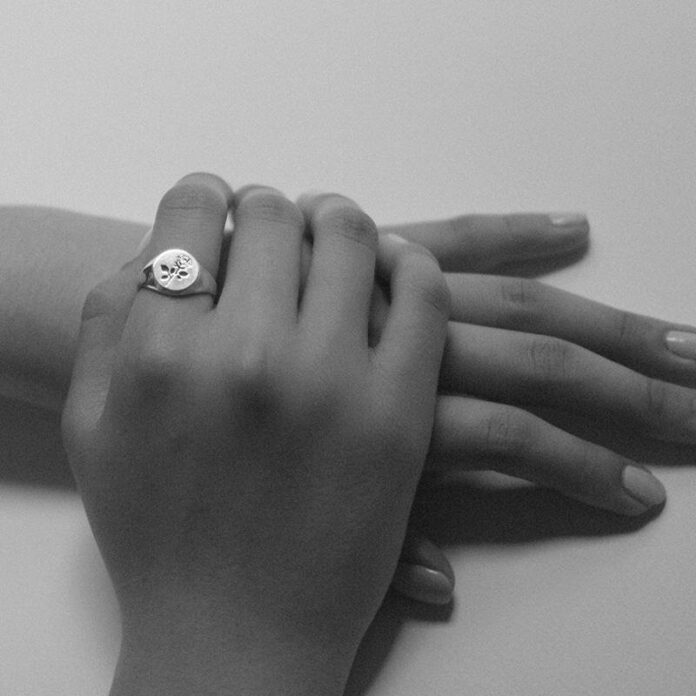Minimizing our impact on the environment requires a concerted effort and an understanding of how and where our goods come from. Every effort counts, and as consumers, we can make a difference in how our lives and choices affect the environment. Natural systems are interrelated, so even modest efforts to recycle, cut back on single-use plastics, or even to leave a smaller carbon footprint all help in their own way.
The trends toward sustainability and responsibility have leaked into clothing and accessories. Some of these trends have resulted in the production of sustainable, ethical clothing from cruelty-free sources, from manufacturers that offer fair living wages. Clothing, for instance, can be made responsibly from natural materials like cotton and wool, with a minimally adverse environmental impact. Consumers can also choose to shop with suppliers that have secured sustainability certifications outlining and detailing their efforts.
Sustainability is not just about where your food comes from or how the natural fibers in your clothing are grown. Sustainability is a holistic pursuit, affecting other areas of fashion and lifestyle accessories. For example, there are sustainable practices in the production of jewelry, resulting in sustainable rings, necklaces, bracelets, and other forms of jewelry.
It may not seem readily apparent that jewelry can be made in a sustainable fashion since jewelry is largely made from inorganic materials like precious metals and gemstones. Some jewelry is made from natural materials like coral and shells; it makes sense that these could be theoretically produced in a sustainable fashion. However, even products like jewelry made from inorganic sources can be responsibly sourced and produced.
Consider the following: aluminum cans can be recycled, yet they aren’t grown. The same can be said for glass. Much of the idea of sustainability in jewelry comes from the way it is produced and where the raw materials come from. Some of it could have to do with the manner in which the raw materials were mined, where they came from, or if they were ethically sourced.
For example, mining can be extremely destructive to the environment. Not only does mining upend the entire physical location in which it takes place, but tailings and refuse from mining operations often pollute the earth and water in the vicinity of the mine long after active mining has ceased.
Cutting back on waste is another initiative in sustainable jewelry. Since gold is not reactive, it can be used and reused over indefinitely to produce new designs; in this respect, gold is naturally well suited for repurposing and recycling. A sustainable ring, for example, could be made from recycled gold, recycled Sterling silver, or other precious and semi-precious metals to help breathe new life into old material and minimize the impact on the environment.
Another example of sustainability in rings and other jewelry comes in the form of eco-friendly or eco-conscious stones. Like mining for precious metals, there are environmental concerns associated with mining gemstones such as diamonds. There is also concern about the operation from which the diamonds were procured. To combat these issues of mining and procurement, some companies have started developing lab-grown diamonds and other artificially produced but peerlessly stunning gems.
Even with something as simple as the investment in a sustainable ring or other environmentally conscious jewelry, your impact on global trade and the environment are meaningful. You just need to be aware of the processes followed by the source, and if you want to learn more about it all, get in touch with the people at our Commonplace on their website, www.ourCommonplace.co. You can learn more about what they stand for right on their website, but if you really want to get a feel for their passion, follow them on Instagram, Facebook, Pinterest or reach out to them at heythere@ourCommonplace.co.




